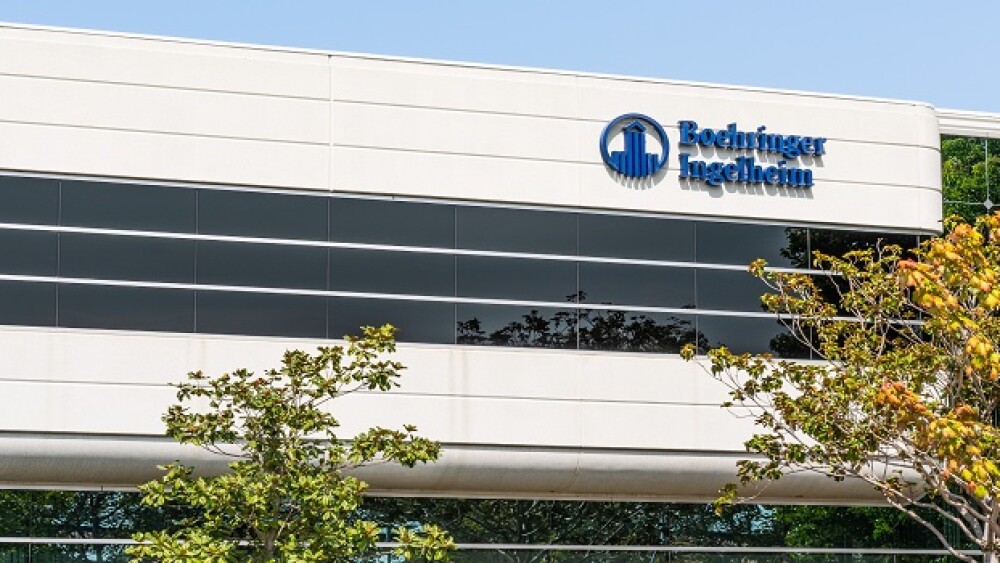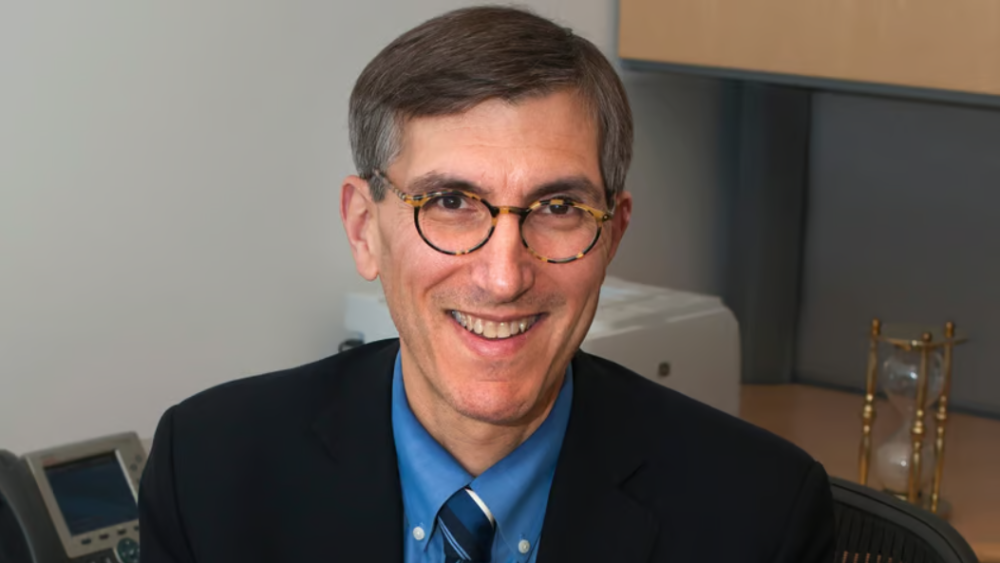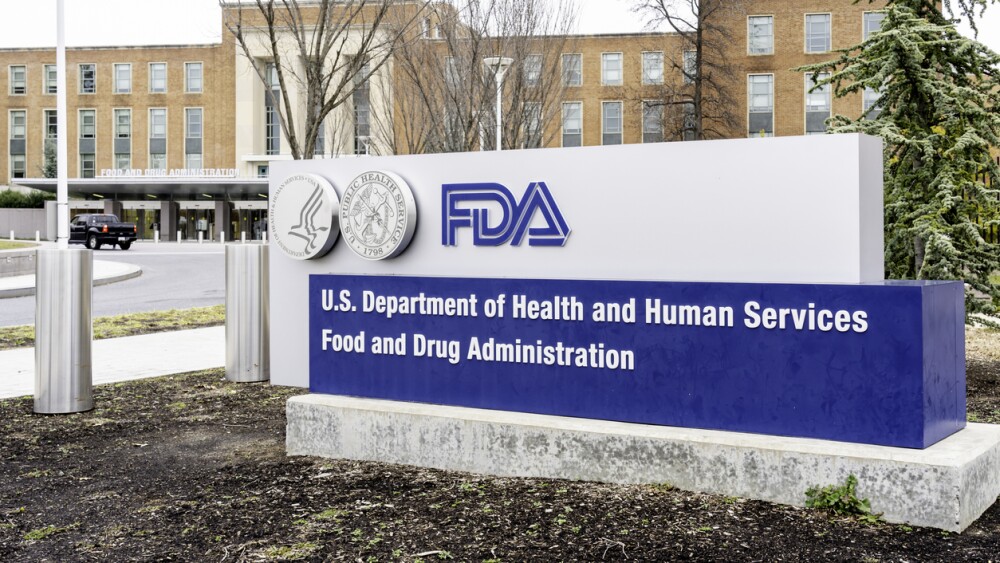REDWOOD CITY, Calif., April 3 /PRNewswire-FirstCall/ -- Cardica, Inc. today announced that it has received 510(k) clearance from the U.S. Food and Drug Administration (FDA) to market its C-Port Flex A Anastomosis System in the United States. The Flex A is a variation of Cardica's C-Port(R) xA Distal Anastomosis System product line and further facilitates the automated anastomosis, or attachment of blood vessels and grafts, during less invasive coronary artery bypass graft (CABG) procedures.
"This is an important milestone for Cardica and a potential break-through advancement for the field of cardiothoracic surgery, as the Flex A system may enable surgeons to perform less invasive bypass surgeries while maintaining the high quality and results they achieve when performing standard open chest CABG procedures," said Bernard A. Hausen, M.D., Ph.D., president and chief executive officer of Cardica, Inc.
The C-Port Flex A system features several innovative modifications to Cardica's C-Port xA product offering designed to enable automated, reliable and reproducible connections of blood vessels during CABG surgery. The C-Port Flex A system has a flexible, rather than rigid, shaft; is effective in creating compliant anastomoses in vessels as small as one millimeter in internal diameter; and, can be used in either on- or off-pump CABG procedures. Importantly, the flexible shaft allows surgeons to position the device to create a secure connection even in the most difficult to reach areas of the heart.
"We are excited about the clearance of the C-Port Flex A system because it gives surgeons improved maneuverability and brings us several steps closer to the possibility of performing truly minimally invasive cardiac surgery," stated Valavanur Subramanian, M.D., director of surgery for Lenox Hill Heart and Vascular Institute of New York. "This device enables surgeons to consistently and reliably create automated anastomoses in areas of the heart that are difficult to reach, and particularly difficult to hand-suture, especially during beating heart procedures."
The Role of Anastomoses in CABG Procedures
Coronary heart disease causes one out of every five deaths in the United States, making it the single largest killer of Americans. While other treatment alternatives exist, studies show that CABG surgery achieves the best long-term patient outcome for coronary heart disease as measured by survival rate and need for re-intervention. In 2007, an estimated 220,000 to 250,000 CABG procedures will be performed in the United States, each requiring approximately five anastomoses, often considered the most critical step of the surgery. The current predominant method of performing an anastomosis in a CABG procedure utilizes technically demanding, tedious and time-consuming hand-sewn sutures to connect a bypass graft vessel to the aorta and to small diameter coronary vessels.
About Cardica, Inc.
Cardica designs and manufactures automated anastomosis systems for coronary artery bypass graft (CABG) surgery. By replacing hand-sewn sutures with easy-to-use automated systems, Cardica provides cardiovascular surgeons with rapid, reliable and consistently reproducible anastomoses, or connections of blood vessels, often considered the most critical aspect of the CABG procedure.
Cardica's C-Port(R) Distal Anastomosis Systems are marketed in Europe and the United States. The PAS-Port(R) Proximal Anastomosis System is marketed in Europe and Japan and is being evaluated in a pivotal trial in the United States and Europe. Cardica also is developing additional devices to facilitate vascular and other surgical procedures. Go to http://www.cardica.com for more information.
Forward Looking Statements
This press release contains "forward-looking" statements, including statements relating to the C-Port(R) xA Distal Anastomosis System, the feature and benefits of the C-Port Flex A system, the growth potential for automated anastomosis systems and other matters. Any statements contained in this press release that are not historical facts may be deemed to be forward-looking statements. The words "believe," "plan," "expect," "estimate," "intend" and "will" or similar expressions are intended to identify forward-looking statements. There are a number of important factors that could cause Cardica's results to differ materially from those indicated by these forward- looking statements, including risks associated with the degree of market acceptance for our products as well as other risks detailed from time to time in Cardica's SEC reports, including its Quarterly Report on Form 10-Q for the quarter ended December 31, 2006. Cardica does not undertake any obligation to update forward-looking statements. You are encouraged to read the Company's reports filed with the U.S. Securities and Exchange Commission, available at http://www.sec.gov.
Cardica, Inc.CONTACT: Bob Newell, Vice President, Finance and Operations, ChiefFinancial Officer of Cardica, Inc., +1-650-331-7133, investors@cardica.com;or Daryl Messinger of WeissComm Partners, Inc., +1-415-999-2361,daryl@weisscommpartners.com, for Cardica, Inc.
Web site: http://www.cardica.com//




